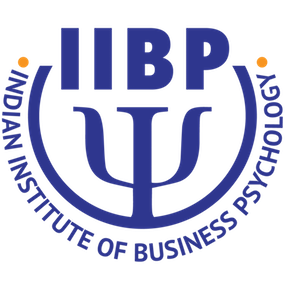In today’s globalized world, workplaces are increasingly diverse, uniting individuals from different cultures and perspectives. While diversity fosters creativity and innovation, it can also pose communication challenges. Humour, an often-overlooked tool, helps bridge these gaps by lightening the mood, strengthening relationships, and fostering harmony in multicultural teams. Humour is deeply ingrained in Indian culture, from chaiwalas cracking jokes with office workers to colleagues sharing light-hearted moments over evening snacks. It reduces stress, strengthens bonds, and breaks barriers in social and professional settings. In the workplace, a well-placed joke encourages conversation, camaraderie, and a positive work atmosphere. However, like dialects, humour varies across cultures—-what amuses a Gujarati may not necessarily resonate with a Tamil colleague. Therefore, humour in multicultural settings requires thoughtfulness.
One of humour’s greatest benefits is fostering a sense of belonging. Laughter releases endorphins, reducing anxiety and improving well-being. It breaks barriers, encourages open communication, and nurtures creativity, as a relaxed environment stimulates innovative thinking. Moreover, humour acts as an emotional buffer, helping employees manage stress and prevent burnout.
Humour also enhances cognitive flexibility— the ability to see situations from different perspectives. In multicultural teams, where misunderstandings are common, humour reframes challenges positively. A light-hearted approach to miscommunication can transform frustration into a learning moment, reinforcing adaptability and resilience. In India, where jugaad (creative problem-solving) is integral, humour plays a similar role in overcoming difficulties.
As the saying goes, “Arrey bhai, tension lene ka nahi, sirf dene ka!”
However, humour in multicultural teams carries risks. A joke that amuses one person might offend or confuse another. Sarcasm, common in Western workplaces, may not be well received in cultures valuing direct communication. Similarly, self-deprecating humour, appreciated in some cultures, may be seen as a lack of confidence in others. Language barriers add complexity— puns and culturally specific references may not translate well, leading to confusion. For instance, explaining “Ek teer se do nishane” to a non-Hindi speaker might diminish its impact.
Another challenge is humour’s potential to create in-groups and out-groups. Jokes based on shared cultural references can unintentionally exclude others. In India, a North Indian joking about South Indian food in a predominantly North Indian team might alienate colleagues. Similarly, using Marathi in a diverse team may leave some feeling left out. Humour based on stereotypes, gender, politics, or religion can be risky, potentially dividing rather than uniting people.
To make humour work in diverse teams, mindfulness and inclusivity are key. Safe humour-such as jokes about shared work experiences or universal human quirks-tends to be more effective. Understanding colleagues’ backgrounds and observing their responses helps prevent misunderstandings. Non-verbal cues, such as facial expressions and body language, indicate whether a joke is appreciated or has unintentionally caused discomfort.
Open communication and respect are essential in workplace humour. If a joke offends someone, acknowledging their feelings and adjusting one’s approach is crucial. Employees should feel safe expressing themselves without fear of ridicule. Leaders play a vital role —when they use humour inclusively and respectfully, it sets a positive tone for others. Encouraging open discussions about humour-related discomfort builds trust and mutual respect.
Ultimately, humour strengthens multicultural teams, enhancing collaboration and creating a workplace where employees feel valued. Just as India’s diverse cultures celebrate together through festivals, food, and cinema, global teams can use humour to foster unity. In an interconnected world, embracing inclusive humour is more than a workplace strategy—it’s a way to celebrate diversity and forge meaningful connections. And if all else fails, remember the golden rule: joke about office chai—it’s the one thing that unites everyone!
About the Author


